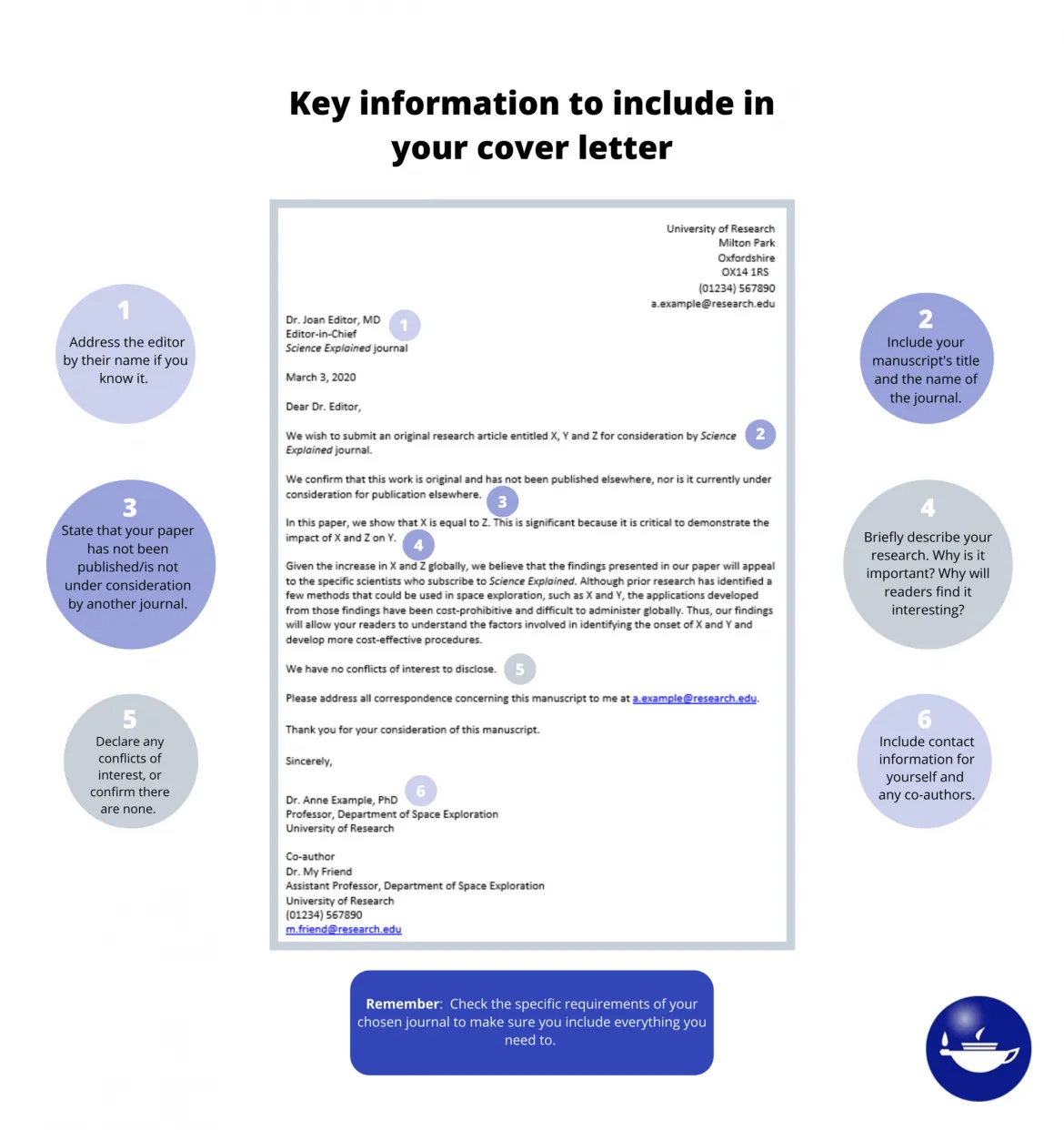Why You Need a Paper Cover Letter
In an era dominated by digital applications, the paper cover letter may seem like a relic. However, it still holds considerable value in the job application process. A well-crafted paper cover letter can set you apart and make a lasting impression. It shows professionalism and attention to detail, highlighting your commitment to the role. It offers a personalized touch, increasing your chances of landing an interview.
The Importance of a Paper Cover Letter
The importance of a paper cover letter lies in its tangible impact. A physical letter stands out in the digital landscape. It indicates you’ve gone the extra mile, demonstrating seriousness about the position. It provides a personalized touch and shows your professional approach. It’s your chance to highlight your skills and express your genuine interest in the role.
When to Use a Paper Cover Letter
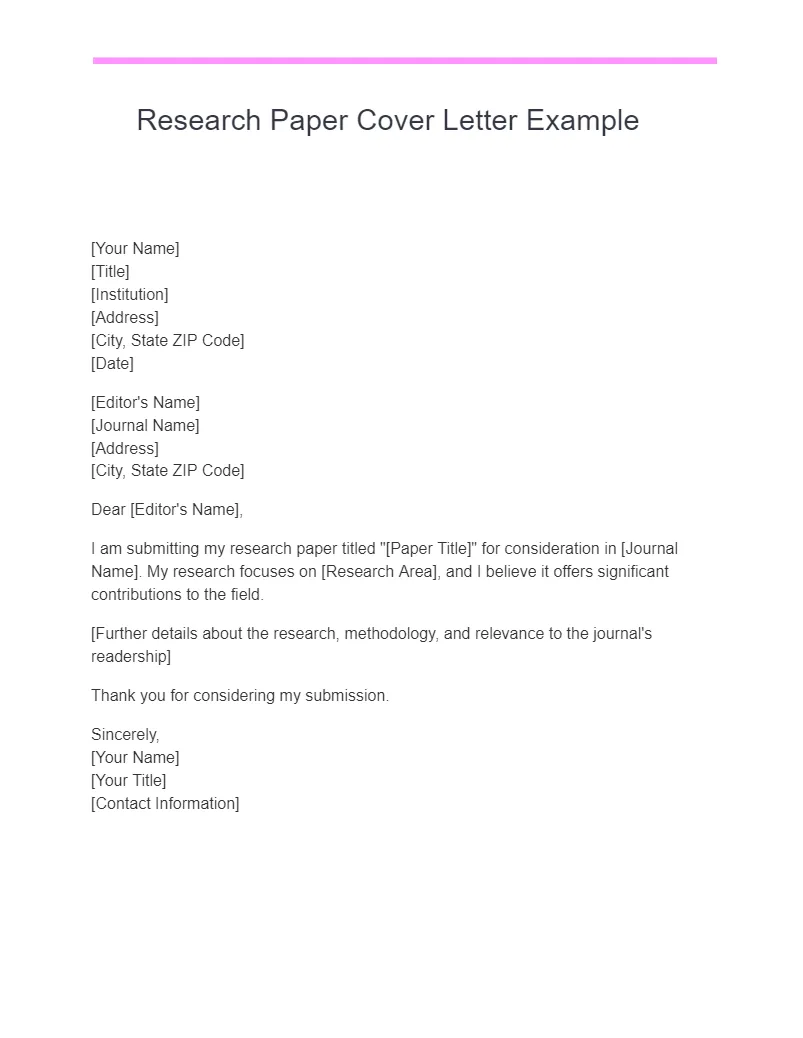
Knowing when to use a paper cover letter is critical. Consider it if the job posting requests a physical application. Traditional industries often favor paper submissions, as do job fairs and networking events. A paper cover letter can be a good choice if the company values tradition and attention to detail. Always evaluate the role and company culture before deciding.
Crafting the Perfect Paper Cover Letter
Crafting the perfect paper cover letter involves a structured approach. Each element—header, body, and closing—plays a crucial role. Tailor your letter to the specific job, highlighting relevant skills. Pay close attention to formatting and presentation. A well-crafted letter makes a strong first impression and sets you apart.
Header Essentials for Your Paper Cover Letter
The header of your cover letter sets the tone. Include your full name, address, phone number, and email. Below this, add the date and the hiring manager’s name, title, and company address. The header ensures easy identification and contact. Maintain a consistent font and size throughout the document for a professional look. The right header is vital for a great first impression.
Formatting Your Paper Cover Letter
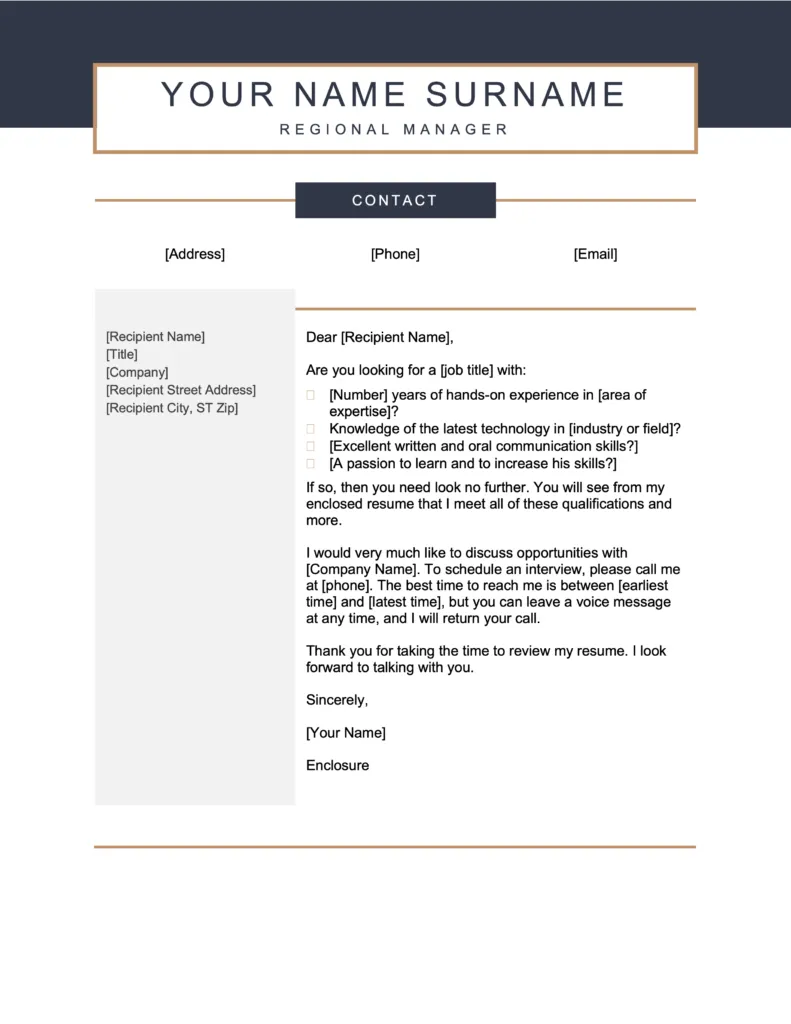
Formatting is critical for readability and professionalism. Use a clear font like Times New Roman or Arial, 10-12 point size. Single-space lines with a blank line between paragraphs. Left-align the text, avoiding justification. Maintain consistent margins of about one inch on all sides. Proofread to fix any formatting issues to ensure a clean look.
Body Paragraphs for Impact
The body paragraphs are where you make your case. Outline your skills and experiences, structuring logically with an introduction, skills/achievements, and a call to action. Focus on key points and support them with evidence. Use strong action verbs and provide quantifiable results. Keep the body paragraphs focused and persuasive.
First Paragraph Make a Strong Impression
Your first paragraph sets the tone. State the position and how you found it. Briefly mention your enthusiasm for the role. State why you are a good fit, highlighting your key skills. Show you understand the role and are excited about the opportunity. Keep it concise and engaging.
Second Paragraph Show Your Value
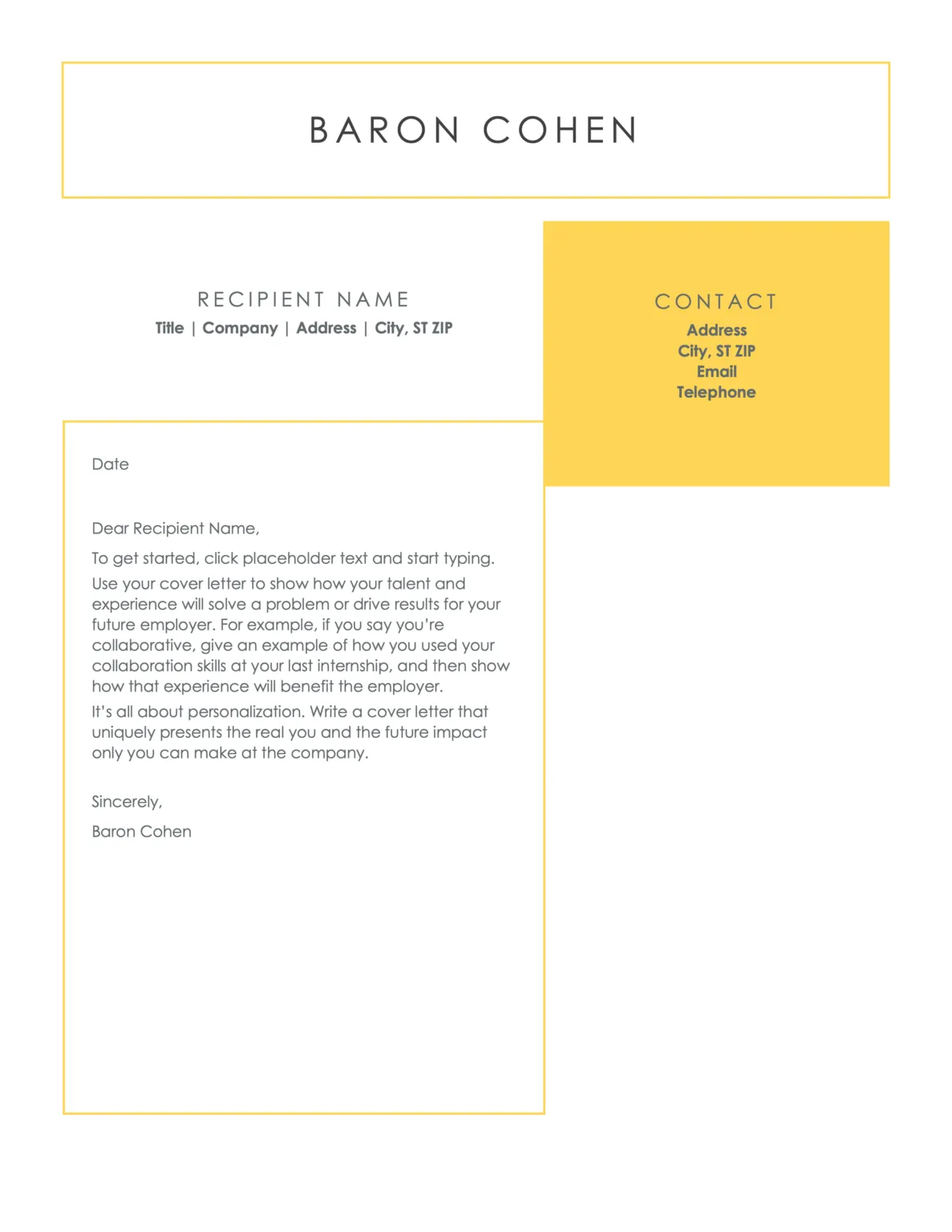
The second paragraph showcases your qualifications. Provide clear examples of your skills and quantify your achievements. Detail your experiences and how you’ve added value. Use action verbs and focus on how your abilities meet the job requirements. Concentrate on how you can contribute to the company.
Third Paragraph Call to Action
Your third paragraph wraps up the letter. Express your interest in the position and company, restating your value. Include a clear call to action, such as requesting an interview. Thank the reader for their time and end with a confident, professional close.
Closing Your Paper Cover Letter
The closing is as important as the introduction. Use a formal closing like “Sincerely” or “Best regards.” Type your full name and leave space for your signature. If submitting digitally, include a scanned signature. Ensure the signature is clear. The closing reflects the overall professional tone, reinforcing your interest.
Essential Details to Include
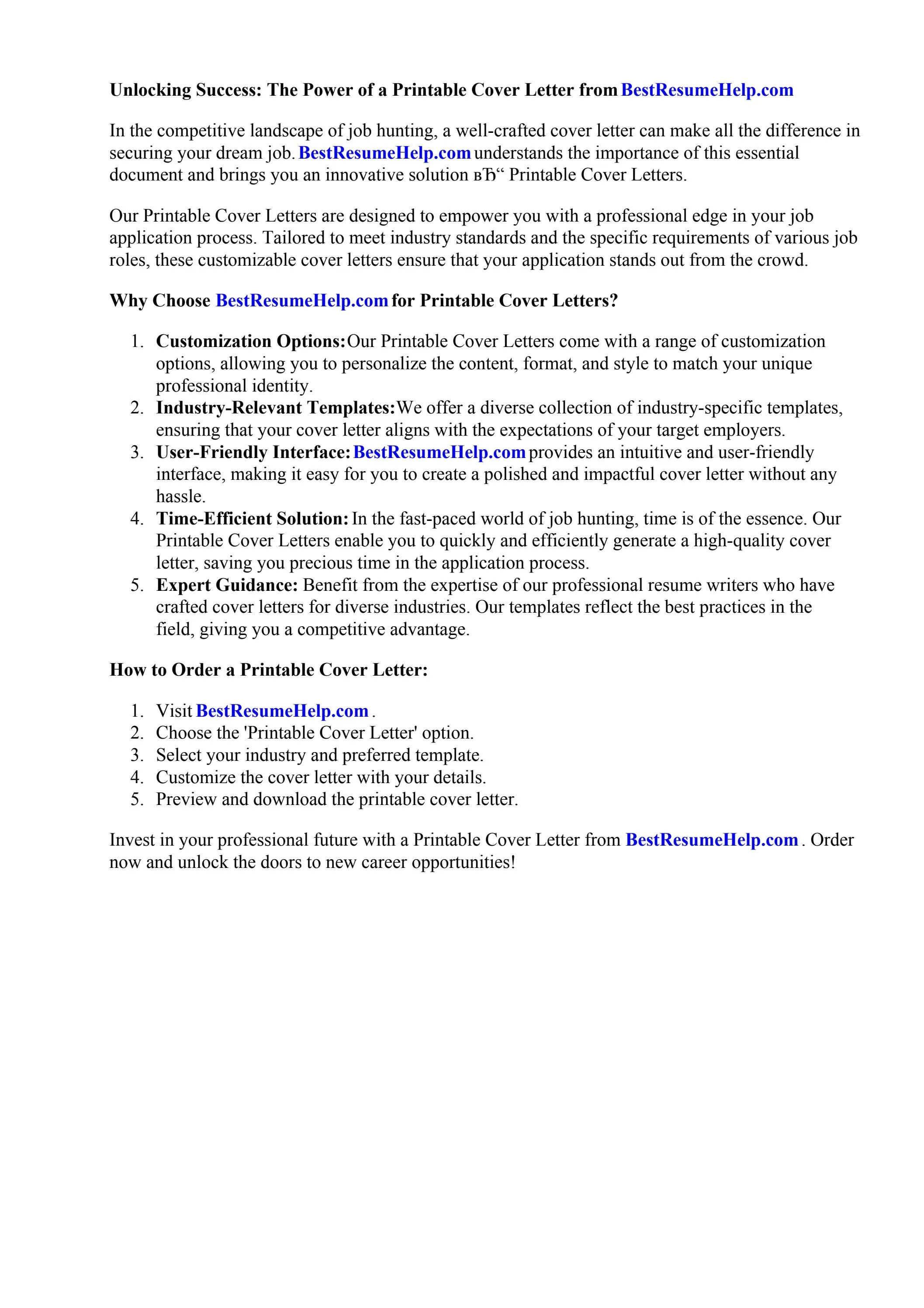
Ensure you include all essential details. Include your contact information at the top. Address the letter to a specific hiring manager, if possible. State the position you’re applying for. Highlight the relevant skills and experience that match the job. Maintain a professional tone, proper grammar and spelling. Provide examples, use action verbs, and include a call to action. Proofread to eliminate errors and customize each application. The details show your attention to detail.
Proofreading and Editing
Proofreading is essential to a polished cover letter. Carefully review for errors in grammar, spelling, and punctuation. Look for formatting inconsistencies. Read it aloud to check phrasing. Ask someone else to review it. A spell checker is a must, but manual review is crucial. An error-free letter increases your chances of making a great first impression.
Ensuring a Polished Presentation
A polished presentation is crucial for impact. Choose high-quality paper. Select resume or heavier bond paper. Use white or off-white paper. Make sure printing is sharp and clear, with dark ink. Use a professional font. Avoid excessive color or graphics. If hand-delivering, ensure it’s neatly folded. Presentation shows your attention to detail.
Paper Cover Letter Do’s and Dont’s
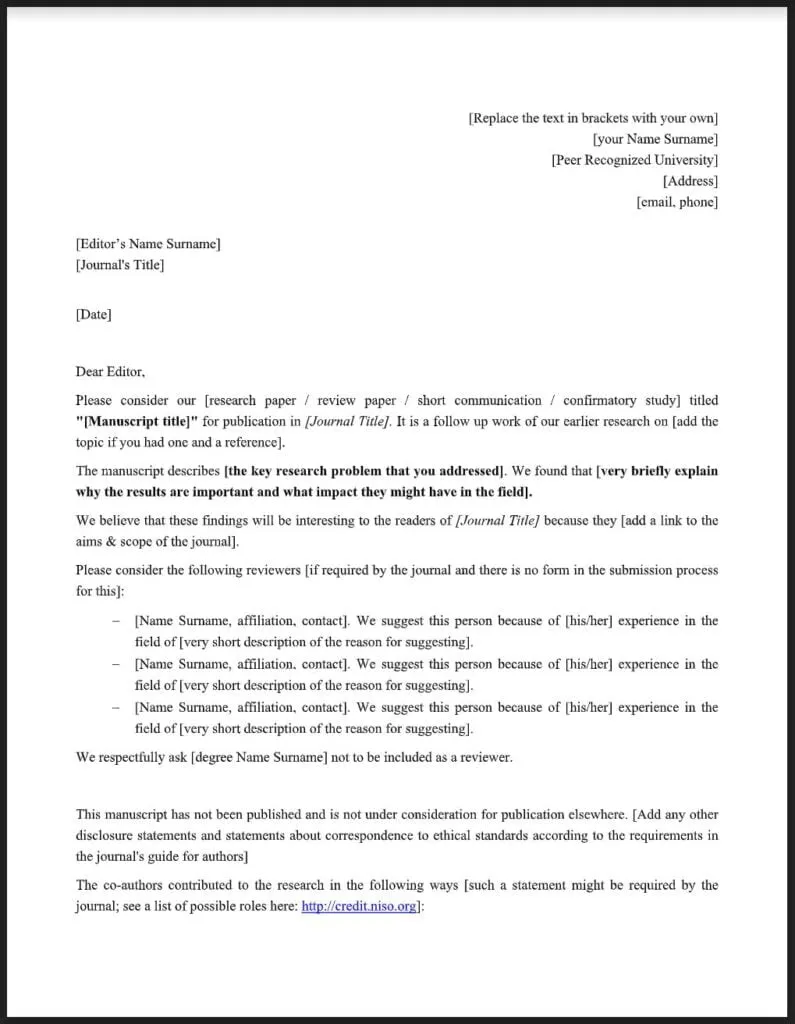
Adhering to do’s and don’ts helps create an effective letter. Do personalize the letter to each job. Do highlight relevant skills. Do use strong action verbs and proofread meticulously. Don’t use generic templates without customization. Don’t exceed one page, use jargon, or include errors. These guidelines help you present yourself well.
Do Use Proper Grammar and Spelling
Proper grammar and spelling are essential for professional communication. Errors detract from your credibility. Always proofread for grammatical errors and spelling mistakes. Use a spell checker but do not rely on it completely. A well-written, error-free letter shows your ability to communicate clearly, making a positive impression.
Don’t Use Overly Casual Language
Avoid casual language in your cover letter. Keep the tone professional and formal. Refrain from slang or informal expressions. Use proper titles and maintain a respectful tone. Clear and concise language reflects your professional communication skills. Write a cover letter that makes a great first impression.
Paper Cover Letter Best Practices

Following best practices enhances your cover letter. Tailor the letter to the specific job and company. Research the company and highlight relevant skills. Use strong action verbs and quantify achievements. Proofread for errors. Keep the letter clear, concise, and in a professional format. Include a clear call to action. These practices will help you make a strong impression.
Choosing the Right Paper
Choosing the right paper can improve your presentation. Select high-quality paper, like resume or bond paper. The paper should be white or off-white. Avoid colors or patterns that distract from the content. Ensure the paper is smooth with a clean finish. Consider the paper weight. Your paper choice shows professionalism.
Printing and Presentation Techniques
Printing techniques are crucial for impact. Use a high-quality printer. Ensure the text and graphics are clear and sharp. Avoid smudging or fading, using dark, fully saturated ink. Use a professional font. Neatly fold the letter and place it with your resume in a matching envelope. Your aim is to create a polished document representing your professionalism.
Preparing Your Paper Cover Letter for Mailing
Prepare your cover letter meticulously for mailing. Fold the letter and resume to fit the envelope. Use a standard business envelope, addressing it correctly. Place the cover letter on top of your resume. Consider using a first-class stamp. A professional mailing shows your dedication and makes a great impression.
Folding and Enveloping
Proper folding and enveloping are important for a professional look. Fold the letter and resume in thirds. Place your cover letter on top of your resume. Insert the documents into the envelope with the text readable. Seal the envelope securely and address it correctly. Correct folding and enveloping reflect your attention to detail.
Mailing Tips
Mail with precision. Confirm the correct address. Ensure the envelope is correctly addressed. Use a suitable stamp, preferably first-class. Use a clean business envelope. Double-check everything. Send the letter promptly. Effective mailing enhances your application and shows attention to detail.
Maximizing Your Chances of Success
To maximize success, tailor the letter to the specific job. Tailor your letter to match the job requirements. Include a clear call to action, stating your interest and requesting an interview. Proofread for errors. Present the letter professionally, using high-quality paper. Follow the job posting instructions and deadlines. Maintain a positive and professional tone. Your cover letter is your first chance to make a great impression.
